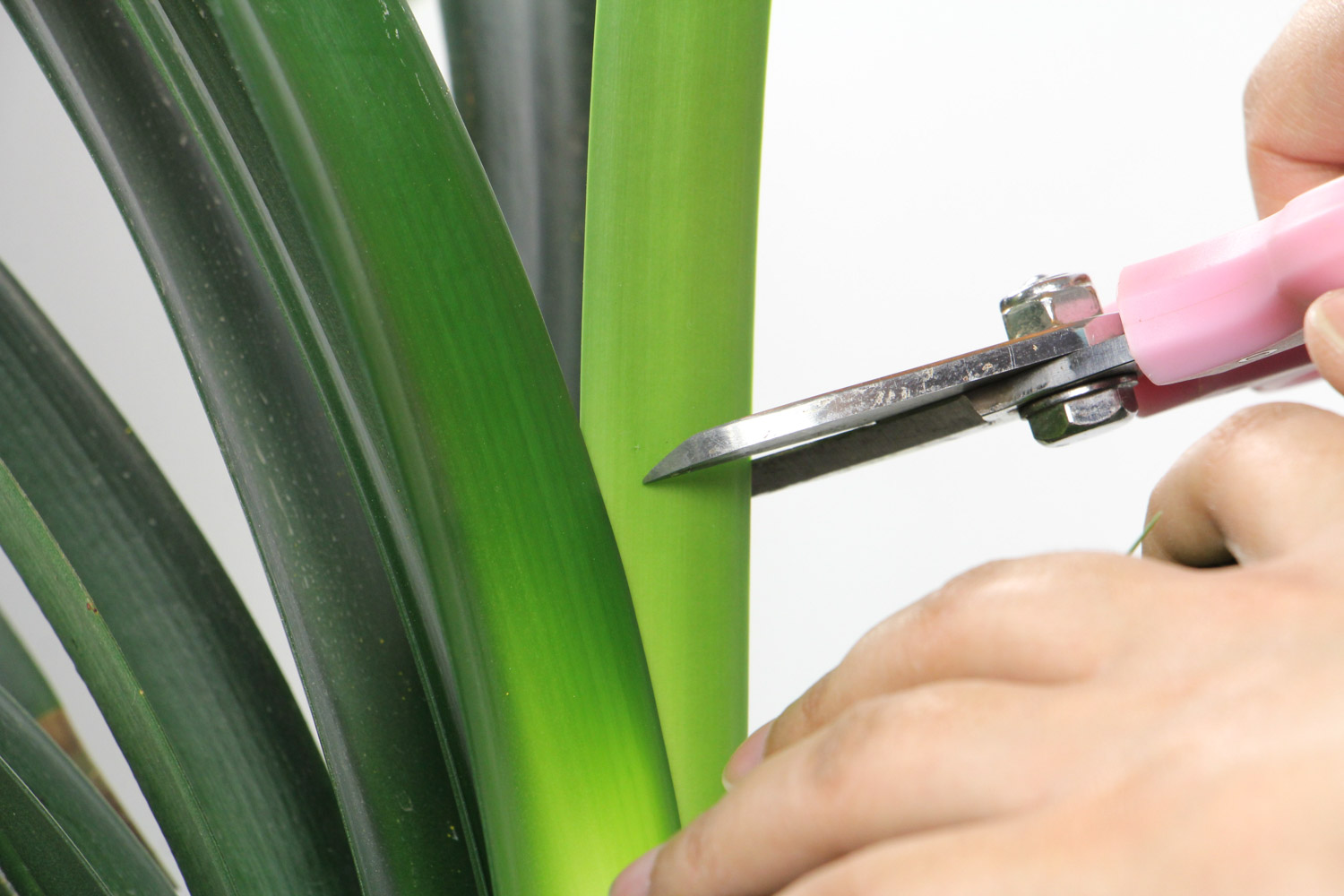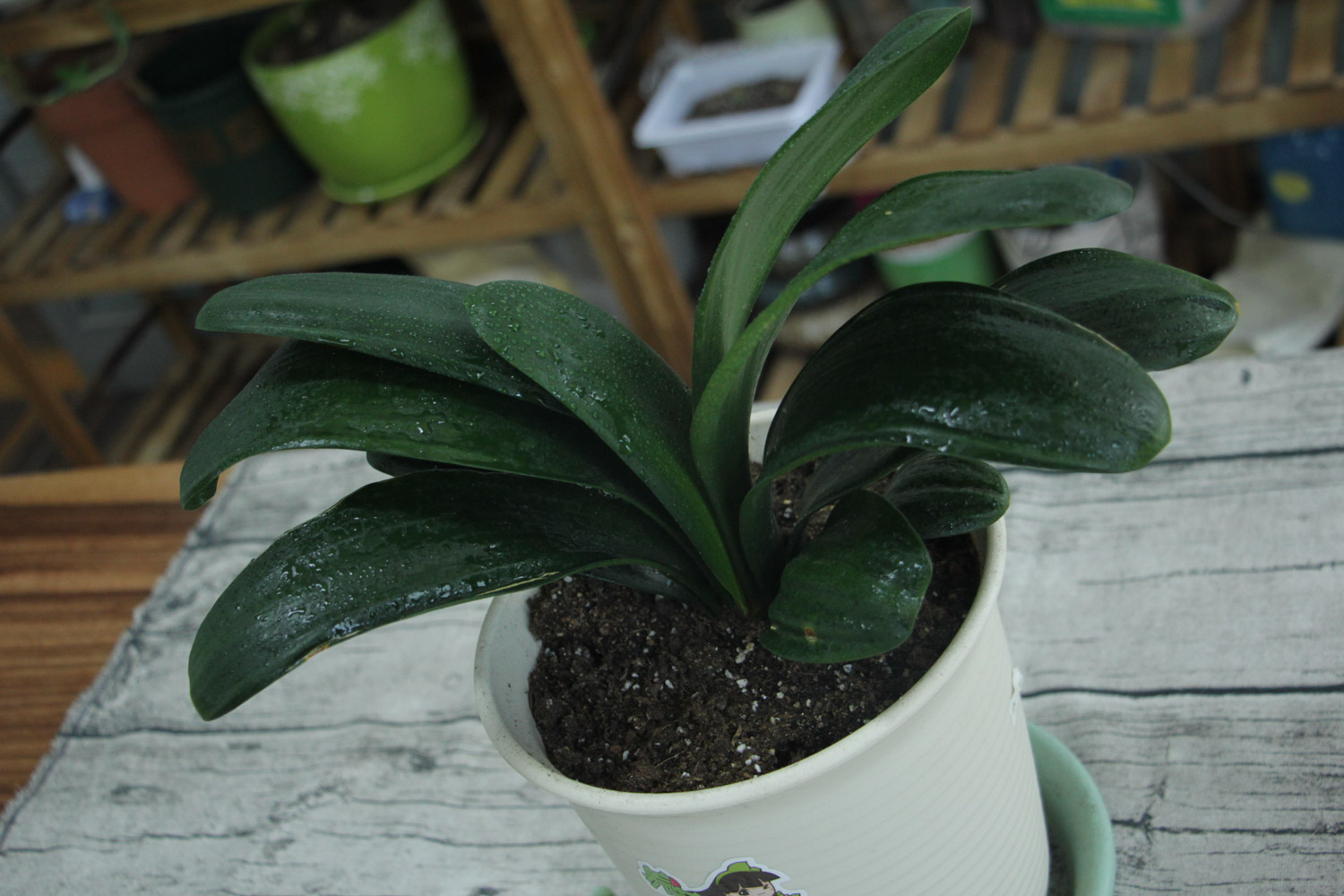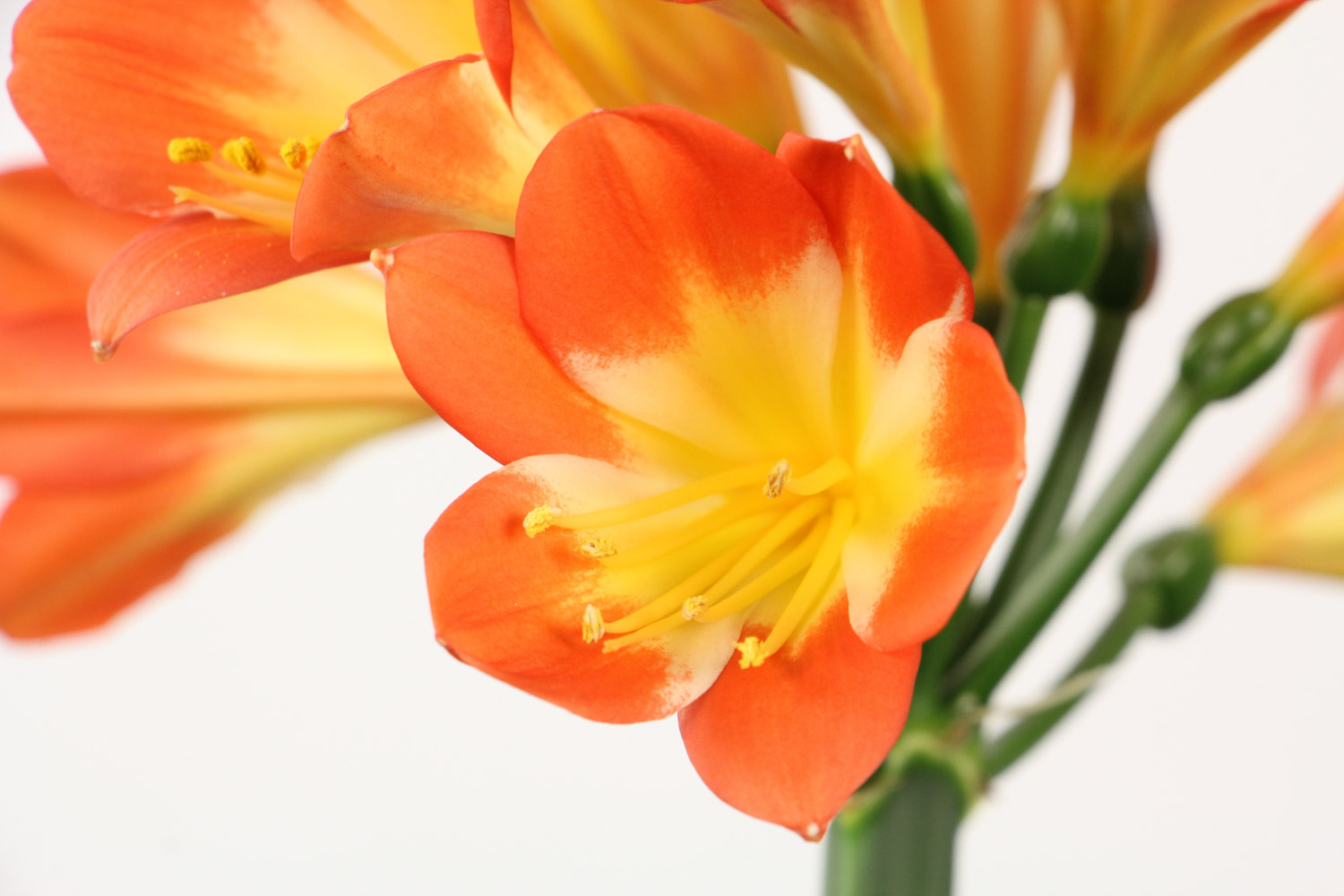1. Soil
Clivia originally grows under the forest trees in southern Africa, and its roots grow on the rotten leaf layer for a long time. Therefore, in order to raise it well, we need to choose suitable soil. Usually, it is mainly loose, fertile, weakly acidic and humus rich soil, such as humus soil, furnace ash and clean sand, and ensure that the soil humidity is about 40%

2. Fertilization
In the process of fertilization, especially in winter, it is mainly phosphorus and potassium fertilizer. Fishy water can be used when applying phosphate fertilizer, and soot can be used when applying potassium fertilizer. Of course, the compound fertilizer of nitrogen, phosphorus and potassium can also be applied at the same time, which will make the leaves grow better. However, when applying fertilizer, it must be appropriate, and raw fertilizer and concentrated fertilizer cannot be applied

3. Watering
When watering it, it should not be too dry or too wet, and it should be watered thoroughly at one time. When the flower buds come out, it needs to be watered more. Then it can be watered every 20 days or so. At the same time, when watering, a little fishy water can be applied. In addition, if the temperature is too low, you need to reduce the amount of water. You can't make the basin soil too wet, otherwise it will rot the roots of the plant
4. Temperature
When Clivia grows, the most suitable temperature is about 20 degrees, but not less than 10 degrees, otherwise it will inhibit growth. Then after the arrow, keep the temperature at about 18 degrees, so that it can bloom normally


 jackfruit
jackfruit snake plant
snake plant hibiscus
hibiscus hydrangea
hydrangea lavender
lavender Green roses climb al...
Green roses climb al... If you don't pay att...
If you don't pay att... Management of four g...
Management of four g...

































